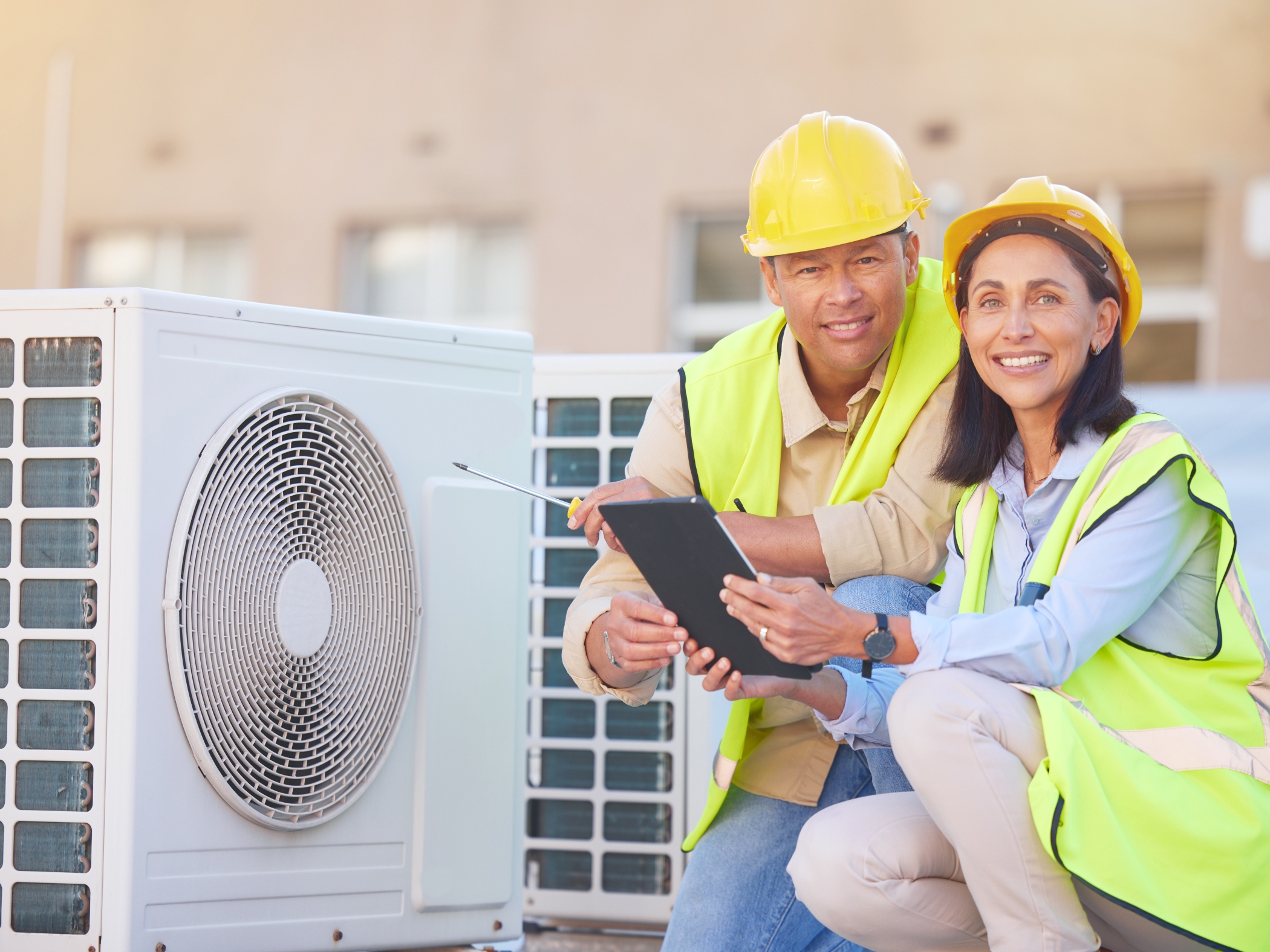5 Common Cooling System Problems and How to Solve Them

Efficient cooling systems help maintain productivity and comfort in business environments. However, cooling systems often face challenges that can disrupt operations and cause energy bills to skyrocket. Identifying and addressing these issues early ensures reliable performance and helps control costs. Here’s a closer look at common cooling system problems and how to resolve them effectively.
1. Insufficient cooling
When your cooling system can’t keep up with temperature demands, several culprits might be at play.
- Dirty air filters or coils. Dust buildup restricts airflow, forcing the system to work harder and consume more energy. Regular cleaning and timely filter replacements improve efficiency.
- Low refrigerant levels. Insufficient refrigerant disrupts heat exchange, reducing cooling capacity. A certified technician can identify leaks and restore proper levels.
- Blocked evaporator coil. Ice or debris on the coil hinders cooling. Professional cleaning prevents further damage and ensures smooth operation.
- Undersized system. A system too small for your space will run excessively without achieving the desired temperature. Upgrading to a correctly sized system is the best long-term solution.
2. Frequent cycling
Short cycling — when the system frequently turns on and off — reduces efficiency and strains components.
- Thermostat issues. Defective thermostats misread room temperatures, causing unnecessary cycling. Recalibration or replacement corrects this.
- Oversized units. Systems that are too large for the space cool too quickly and shut off prematurely. Downsizing prevents this issue.
- Electrical problems. Faulty connections disrupt cycling. A professional inspection ensures electrical reliability.
3. Strange noises
Strange sounds often indicate mechanical problems that, if ignored, can escalate into costly repairs:
- Banging or clanking typically indicates a loose or broken component.
- Hissing often indicates a refrigerant leak.
- Bubbling noises might stem from a refrigerant issue or a clogged condensate drain line.
- High-pitched sounds, such as squealing or screeching, usually reflect problems with the blower motor.
- Buzzing or clicking may signal an electrical issue or a damaged component.
If you notice any unusual noises, consult an HVAC professional for immediate attention.
4. Water leaks
Water leaks can damage property and reduce system effectiveness:
- Blocked drain lines lead to water pooling around the unit. Regularly clearing the lines stops blockages.
- Refrigerant leaks can cause coils to freeze and then thaw, resulting in water leakage. Prompt repairs mitigate these risks.
- Damaged pipe drains exacerbate leaks. Cleaning or replacing faulty components is necessary.
5. Poor indoor air quality
A cooling system that fails to maintain clean, healthy air can create discomfort and even pose health risks for employees.
- Dust, mold and bacteria accumulate in filters and ducts over time, circulating allergens and pollutants. Regular cleaning and filter replacements are necessary.
- Humidity control problems foster mold growth and create an uncomfortable environment. Upgrading to systems with advanced humidity controls resolves these issues.
Preventive maintenance practices
Systems forced to work harder due to neglect or inefficiencies consume more power, resulting in higher bills. Proactive care is the best way to keep costs in check, minimize breakdowns and extend equipment lifespan.
- Schedule professional inspections. Routine checkups by HVAC specialists catch small issues before they become big expenses.
- Train staff. Training employees to recognize early warning signs — like unusual noises or uneven temperatures — can lead to quicker fixes.
- Maintain records. Keeping a log of maintenance and repairs aids in tracking performance and anticipating needs.
- Adopt smart controls. Modern HVAC systems with energy monitoring capabilities optimize usage, reducing waste and saving money.
Addressing these common issues and adopting preventive measures ensures your cooling system operates efficiently and reliably.
We’re here to help with all of your energy-saving needs. Contact us and see how we can help.
Return to newsletter